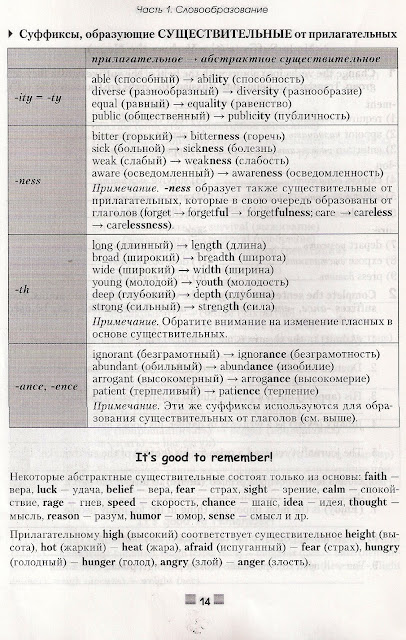Limericks
Text
1 What is a limerick?
A limerick is a form of the poetry of nonsense. As for its form
a limerick is a five – line poem. Limericks have rhyme structure AABBA. Lines
1, 2 and 5 rhyme. Lines 3 and 4 rhyme.
As for the plot of limericks, usually the first line tells the reader
about the main character, it may contain his or her name and the geographical
name from where this character comes from. The second line informs the reader
what specific features that character possessed or what happened to him or her.
And in the other three lines it’s said what happened next. The fifth line
narrates about the reaction of the people around to this behaviour.
It is hard to check who the founder of this genre is.
Nevertheless, a great deal of information is connected with Edward Lear while
speaking about limericks. Edward Lear, a famous English poet, is called “the father of limericks” or “the king
of English nonsense verse”. Edward Lear didn’t call his verse “limericks’. The
word “limerick” first appeared in published works in 1892 after the poet’s
death.
There exist a lot of guesses
on the origin of limericks. Some people
think that the word “limerick” comes from the name of Edward Lear himself (Lear
+ lyric). It is also the name of one of the most famous towns in Ireland. The
word “limerick” is pronounced with the stress on the first syllable exactly the
way the name of the town of Limerick. There’s also an idea that perhaps the
word “limerick” comes not from the name of an Irish town but from Irish words
“a merry lay” which mean “a merry song”. Anyway, limericks appeared throughout
Irish and British literature in 1846 in Edward Lear’s A book of Nonsense. This book was initially written for
children but soon it became popular with adults as well. While Lear didn’t invent the form, he certainly popularized it.
Lear is the author of 212 limericks.
Nowadays limerick lovers
hold funny limerick contests in many English speaking countries. Also International Limerick Day is
celebrated each year on the 12th of May when people from different
backgrounds come together to celebrate the birthday of Edward Lear, share their
creativity and write limericks.
Limericks can be of great
help to people studying the English language as they possess a distinctive
rhyme, rhythm and intonation. Limericks can be great for helping pupils improve
pronunciation skills.
Text
2. “The father of limericks” – Edward Lear.
Edward Lear was born in
Highgate, England on 12 May, 1812. He was the twentieth (!) child of Jeremiah
Lear, a London stockbroker, and his wife Ann. Soon after Edward was born, his
father lost most of his money, and the family had to adapt to a much lower
standard of living. At the age of six, Lear began to suffer from bouts of
epilepsy, and a few years later he began to experience periods of acute
depression. He continued to suffer from these and other health problems for the
rest of his life.
For much of his childhood,
Lear was brought up and educated by his elder sister Ann. It was thanks to her
that Lear was introduced to both classical and modern literature, especially
poetry, and to drawing. Already at the age of 15, he sold his poems and
drawings to earn some money.
As a young man, Lear began
to earn his living by illustrating scientific books on birds, and later on he
became a landscape painter. In fact, he became so well-known that he was asked
to give drawing lessons to Queen Victoria herself! All the same, Lear's success
as a landscape painter was rather short-lived, and he gradually became
disillusioned by the lack of interest in his work.
The first edition of A Book
of Nonsense was published in 1846, and was a collection of both old limericks
and new ones composed by Lear himself. Two further editions were published in
1855 and 1861.
Although he was born in
England, Lear actually spent most of his adult life travelling abroad,
particularly to the Mediterranean countries. On his travels he drew landscapes
and animals, particularly birds. The only trusted companion was his cat, Foss,
who died in 1886 and was buried with some ceremony in a garden at Villa
Tennyson. Lear eventually bought some land and built a house in San Remo in
Italy, where he died in 1888 at the age of 76.

























